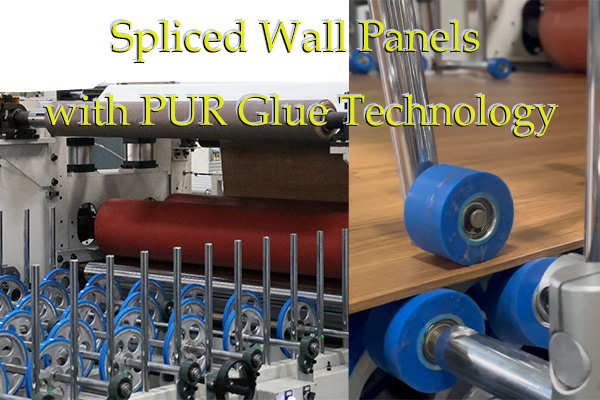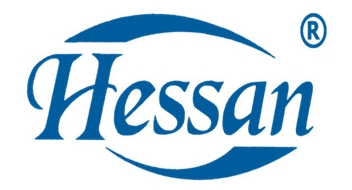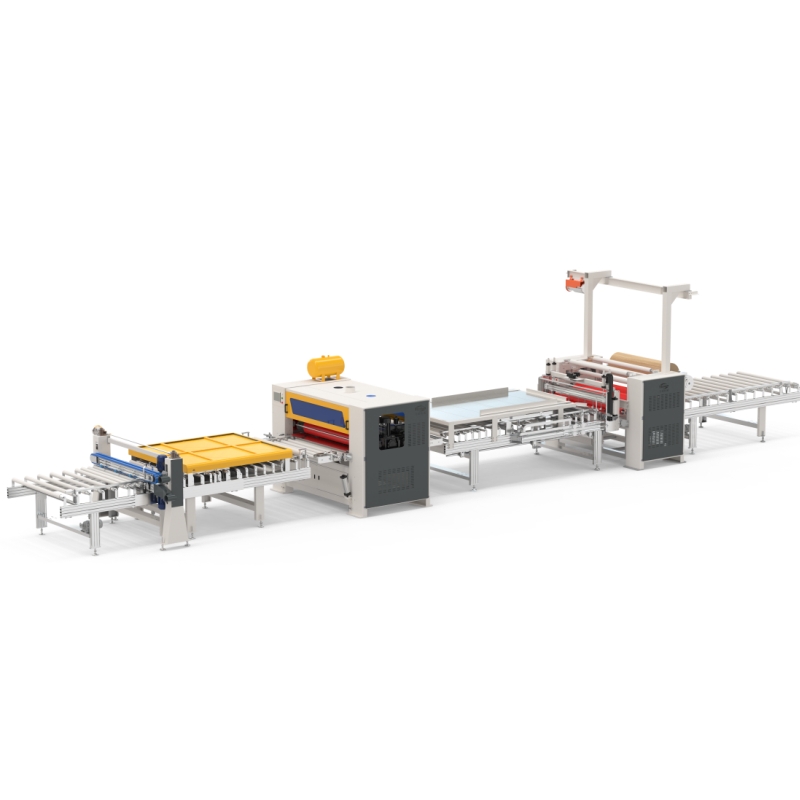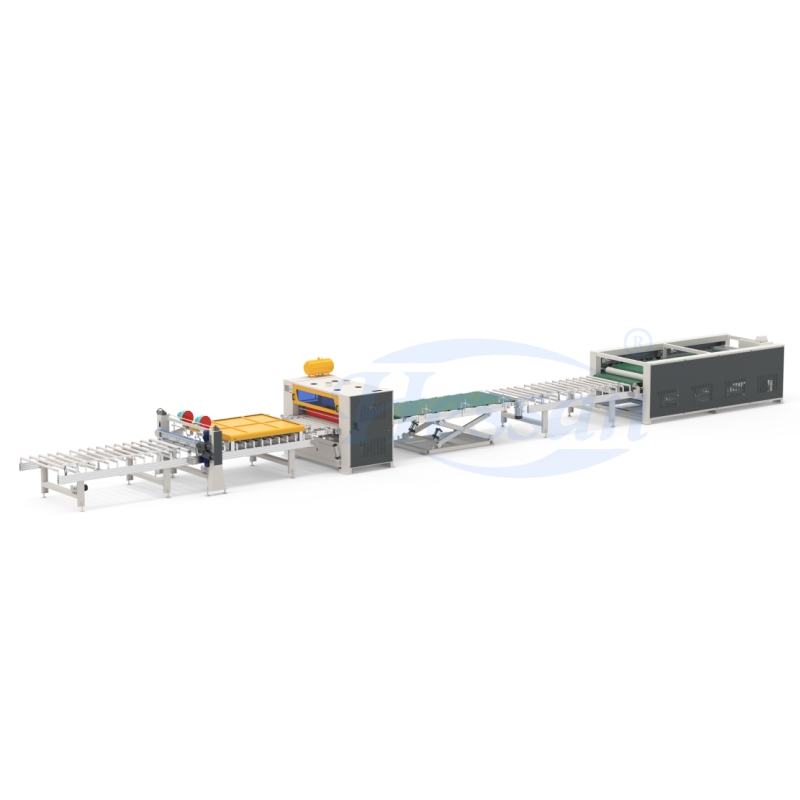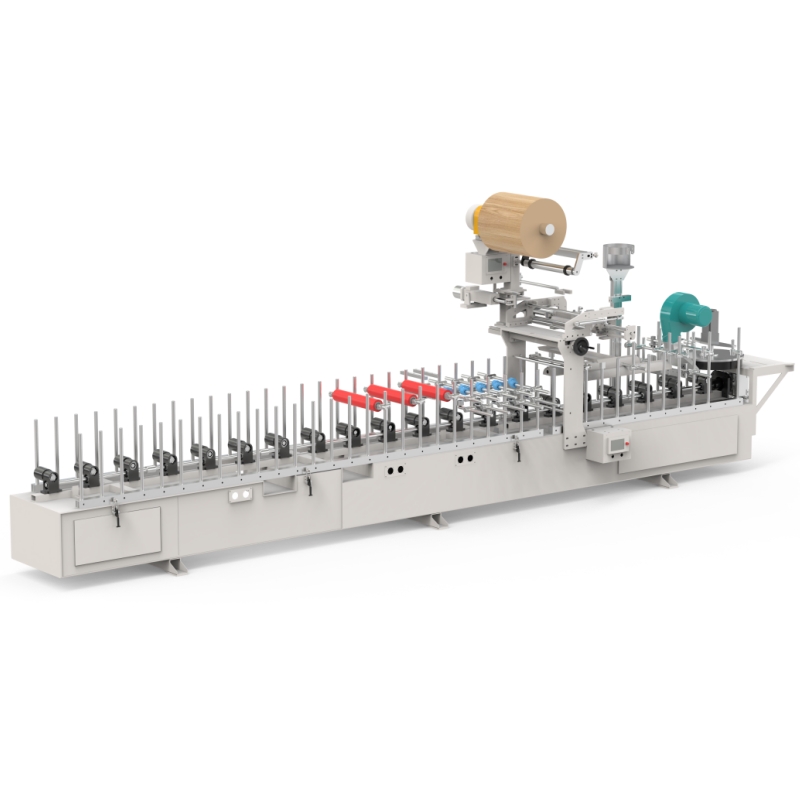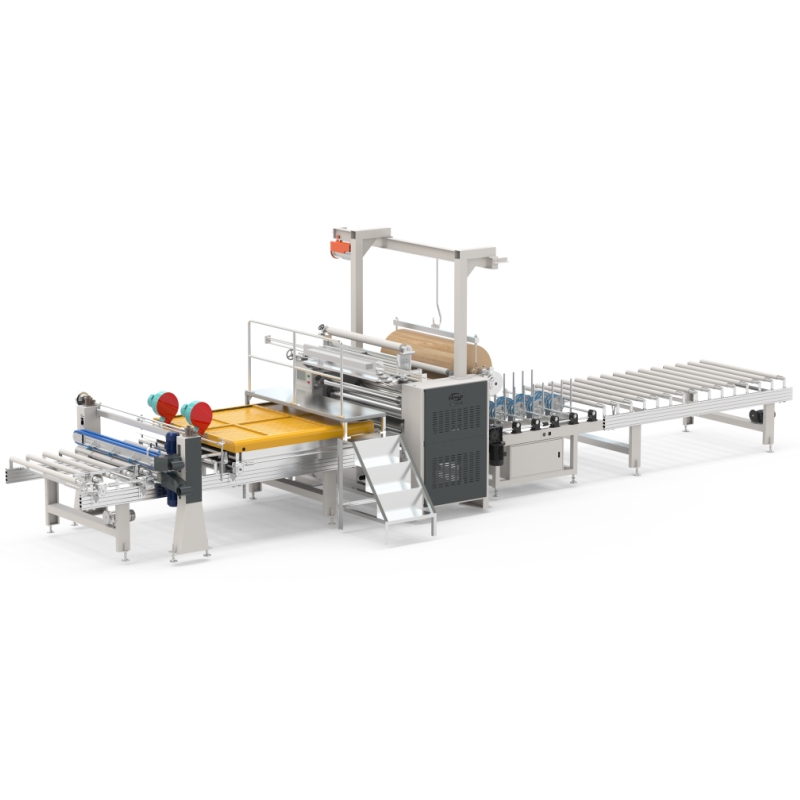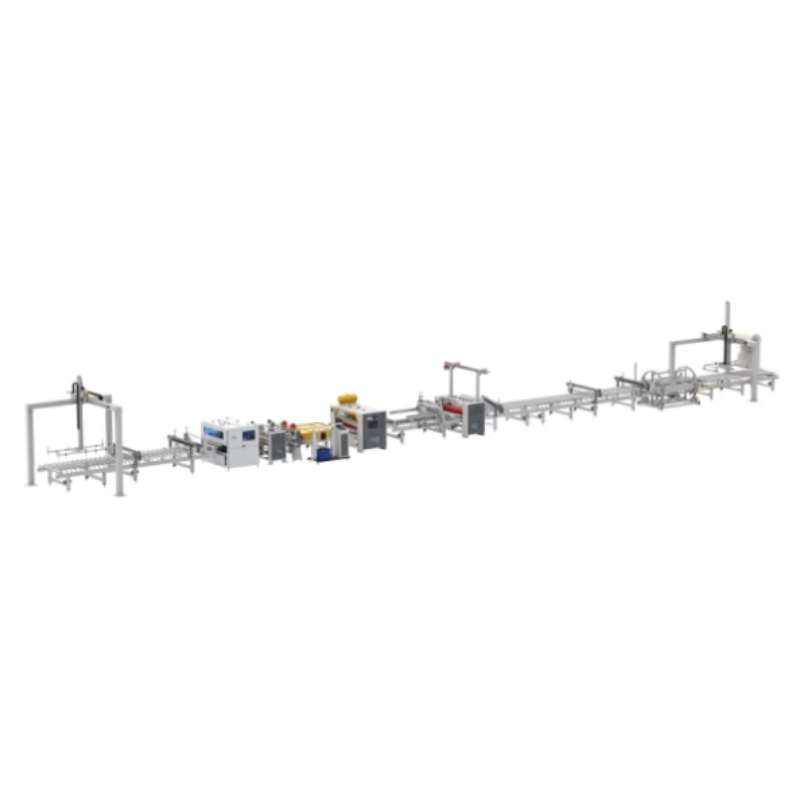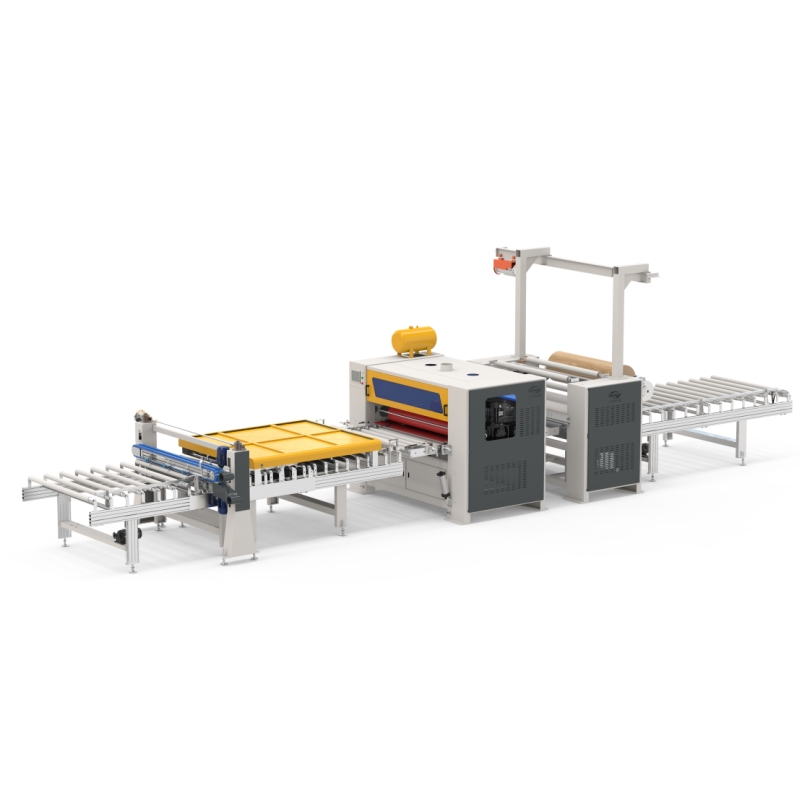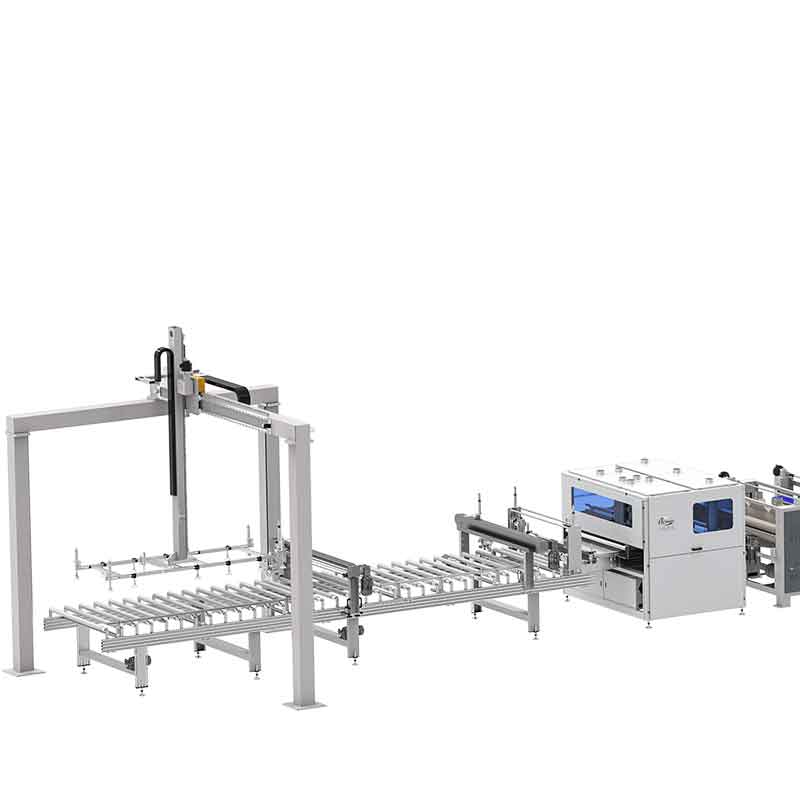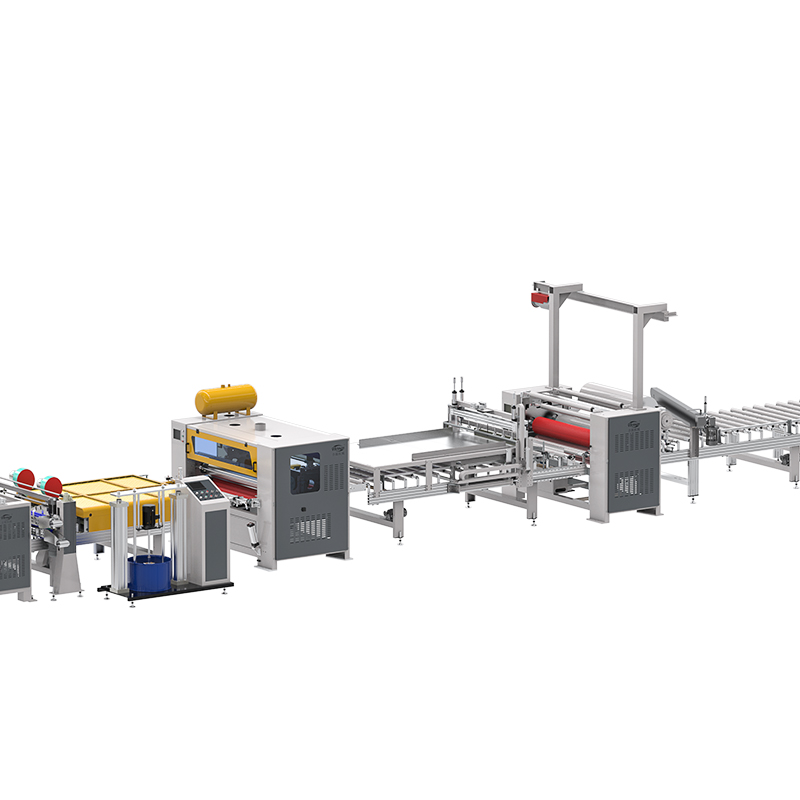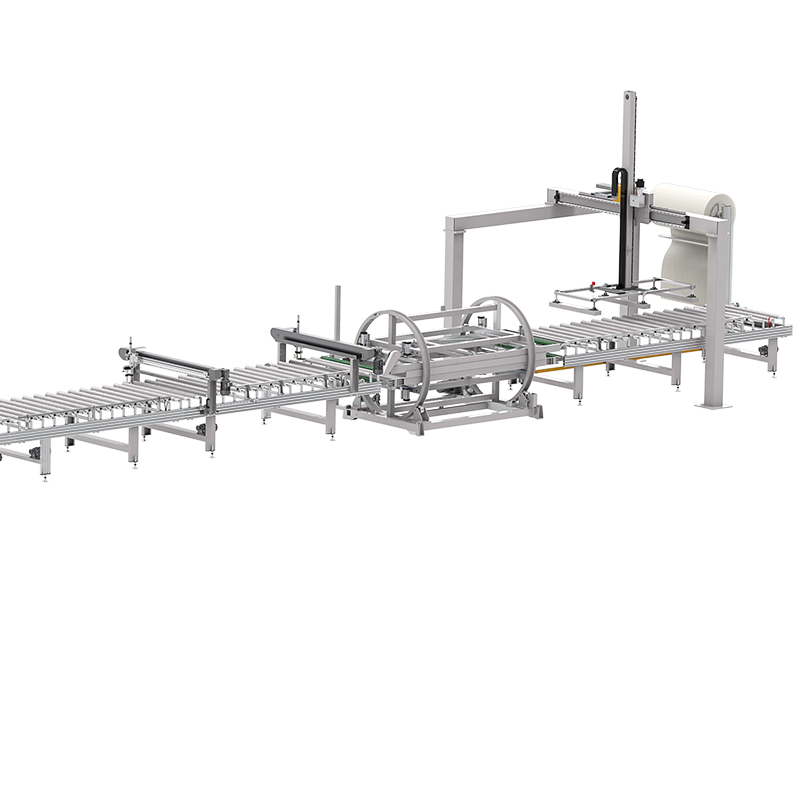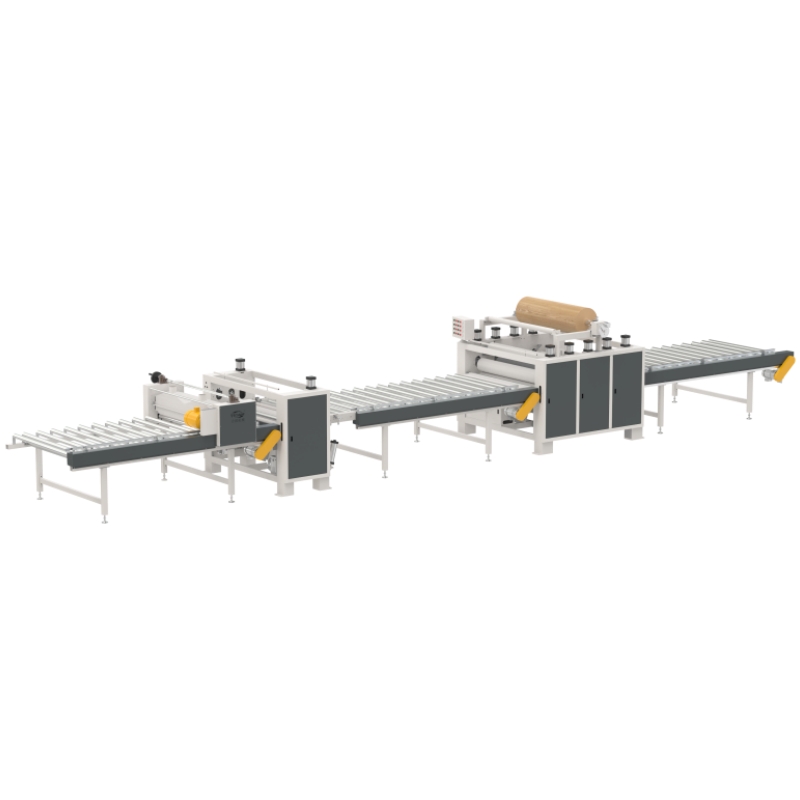I. Technological innovation: automation and environmentally friendly adhesives lead the industry upgrade
PUR hot melt adhesive technology breakthrough
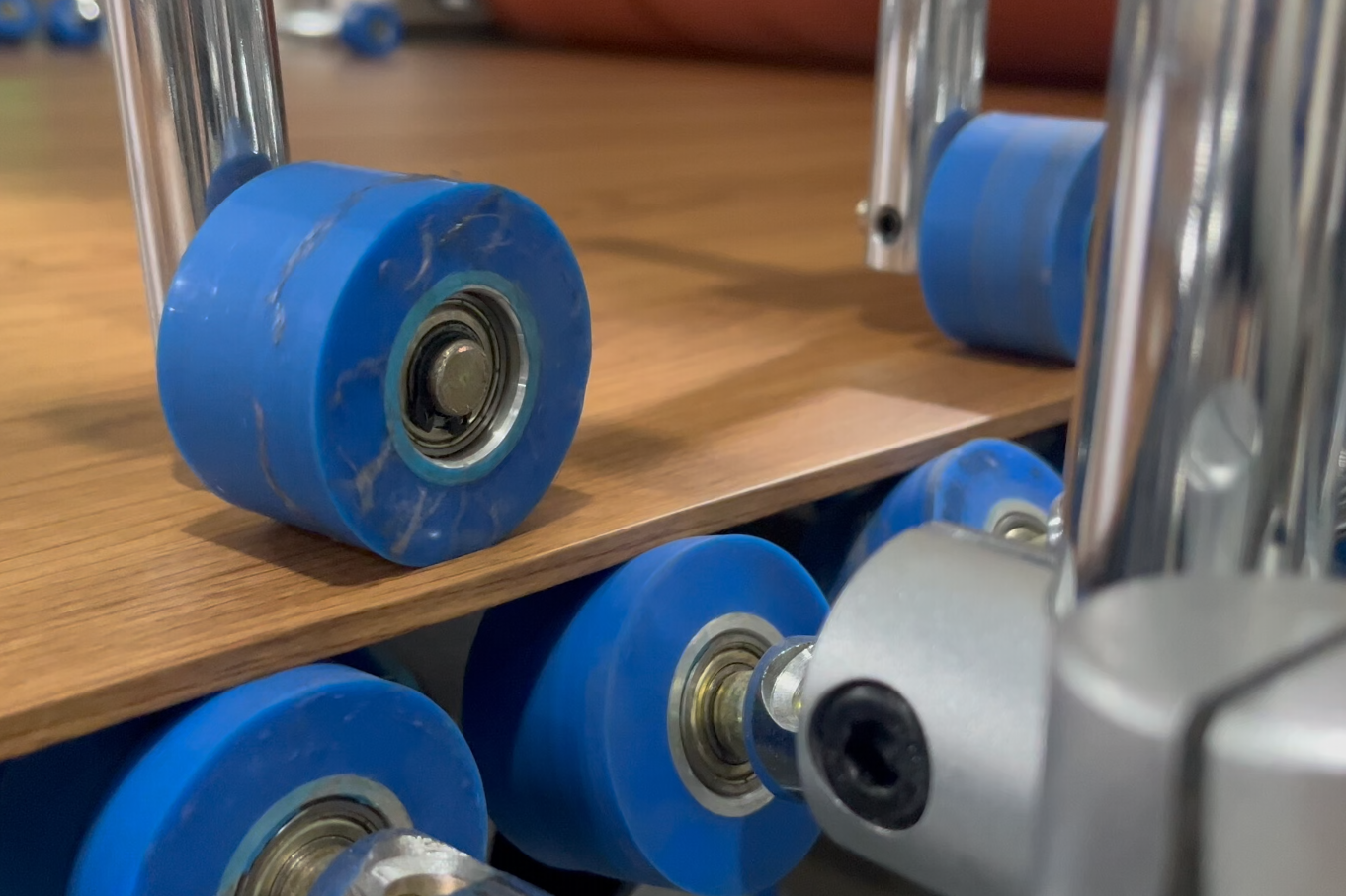
PUR hot melt adhsive has become the mainstream choice due to its high strength, temperature resistance and environmental protection characteristics. For example, Qufu Jinhui's cold gluing wrapping machine supports complex shapes, while Guangzhou Hessan wrapping and laminating machine adopts PUR adhesive system, which provides precise and controllable adhesive application, adapts to extreme environments ranging from -40°C to 150°C, and avoids blistering and deglossing problems effectively. In addition, the proportion of PUR adhesive in the field of wood processing applications continues to grow, the market size in 2024 has reached 6 billion yuan, is expected to exceed 10 billion in 2030.
Second, the market dynamics: multi-sector demand-driven industry growth
Home and building materials industry
Large panel cladding technology is widely used in wall decoration, furniture edging and other fields. The splicing and cladding wall panel production line mentioned by the user (the substrate material includes MDF, WPC, etc.) achieves seamless splicing effect through automated cleaning, preheating, laminating and edge wrapping processes, replacing the traditional metal decorative line, which is in line with the trend of modern minimalist design. The penetration rate of such equipment in the siding, door and window profiles and other market segments is increasing year by year.
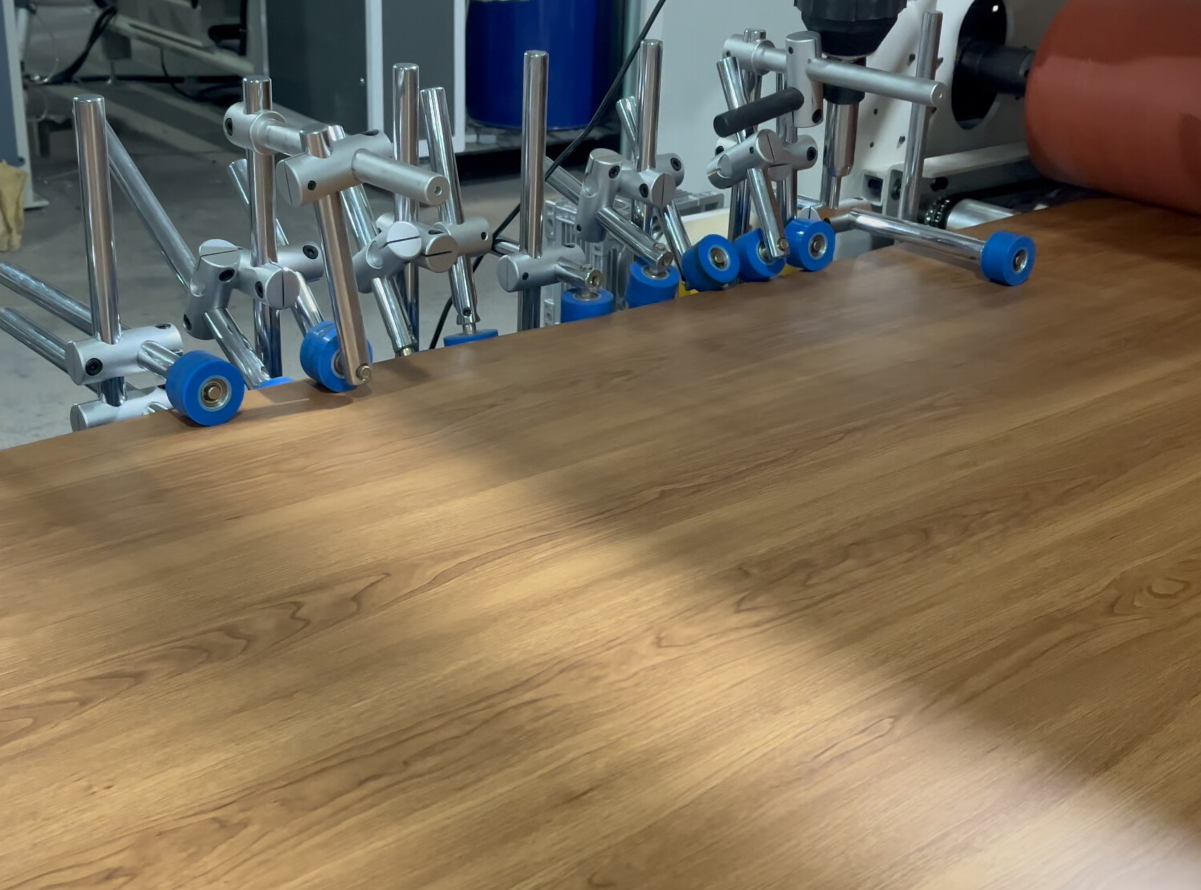
Automotive and electronics industry
PUR hot melt adhesives are outstanding in automotive interior bonding, electronic component encapsulation and other fields. For example, Dongmai Technology's BMI resin material (high-frequency high-speed PCB core substrate) has been supplied to NVIDIA, Huawei and other enterprises, indirectly promoting the application of wrapping equipment in high-end manufacturing. Foshan Guobang Electronics' circuit board coating machine patent (CN222830006U) further expands the application scenarios of cladding technology by optimising the dust removal and coating process and reducing substrate damage9.
III. Industry Trends: Intelligent and Green Production
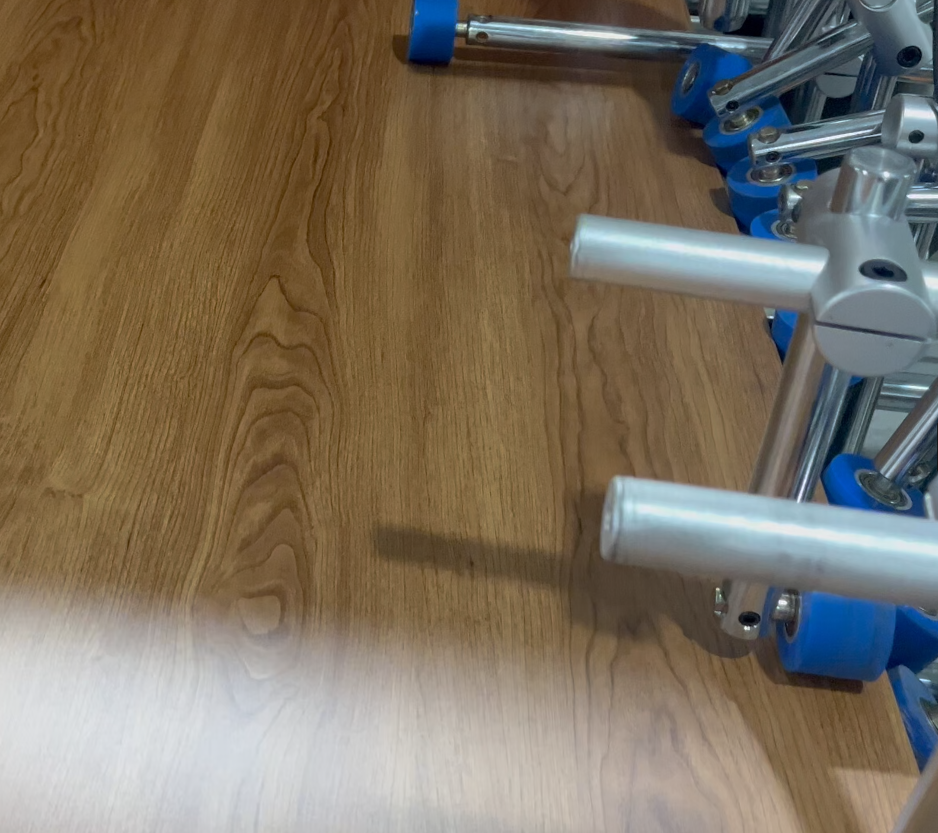
Environmental policy to promote
National ‘14th Five-Year Plan’ to promote high-quality development of the petrochemical and chemical industry guidance ‘clearly support the development of environmentally friendly adhesives, PUR hot melt adhesive due to low VOC emissions to replace the traditional solvent-based adhesive main products. In addition, Wuxi Taixian's patented technology further reduces production pollution by reducing powder leakage.
Fourth, the challenges and coping strategies
Technical difficulties
Temperature control (e.g. insufficient preheating leads to degumming) and uniformity of adhesive application (excessive amount triggers wrinkles) in the coating process are still common problems. Hausermann Qingdao suggests to precisely control the heating temperature of hot melt adhesive (55-60°C) and the amount of adhesive applied (100g/m² for cold adhesive, 60g/m² for hot adhesive), and to equip chillers to assist in cooling down the temperature.
Cost optimisation
The costing of laminating is based on the type of substrate and the complexity of the process. For example, according to the area accounting, 60mm wide profiles of single-side laminating cost of about 7.78 yuan / metre (including materials and processing costs), while mass production can be automated to reduce the cost of adjusting the machine.
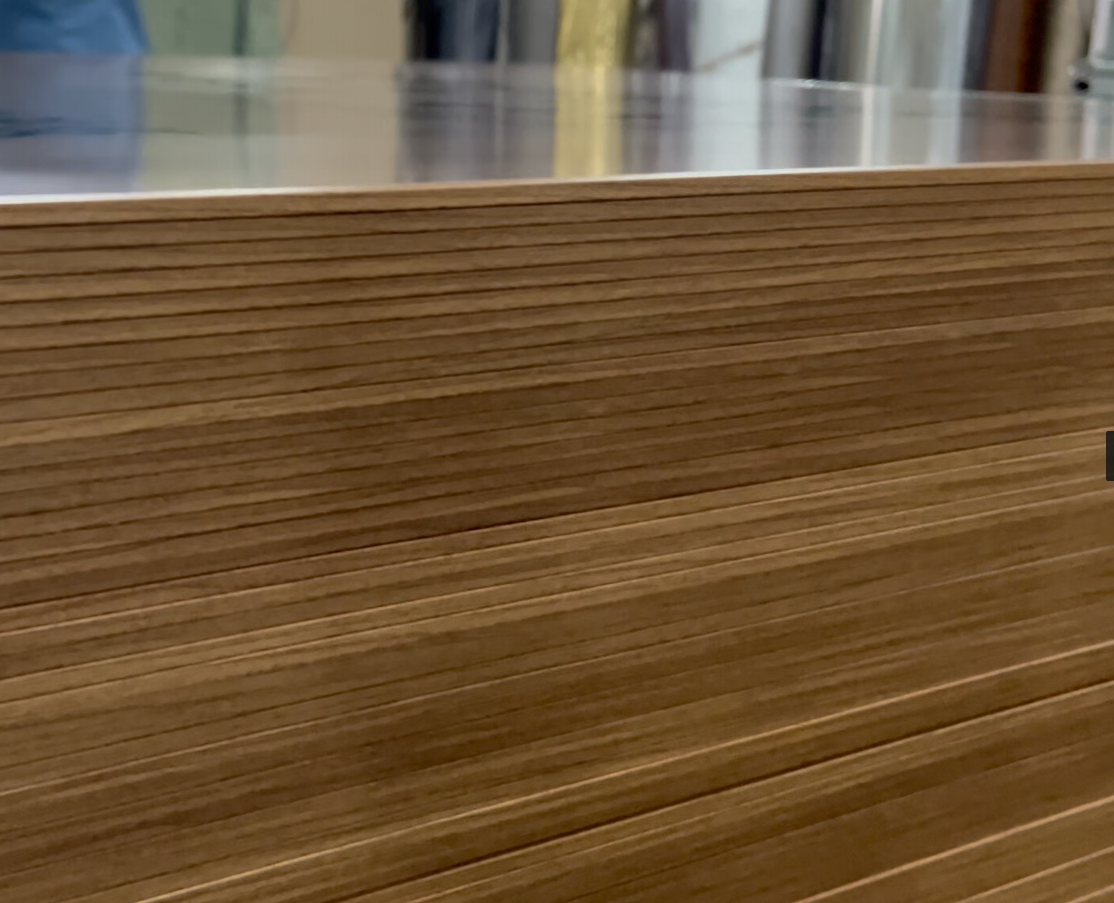
V. Future prospects: customisation and cross-industry applications
Customised demand growth
Increased demand for wrapping of shaped panels (e.g. curved, concave and convex surfaces) in the field of architectural decoration has pushed equipment manufacturers to develop multifunctional models. For example, Jinhui Machinery's cold gluing wrapping machine supports multi-angle laminating and is suitable for complex parts such as decorative strips for doors and windows.
Cross-industry synergy
Wrapping technology is being extended to medical devices, aerospace and other fields. For example, the application of PUR adhesive in the bonding of medical consumables has passed the water vapour resistance test, which may generate demand for specialised laminating equipment in the future.
Conclusion
The technological innovation of large-board wrapping machine and supporting production line is profoundly changing the manufacturing logic of home, automotive, electronics and other industries. With the popularity of PUR hot melt adhesive and the iteration of intelligent equipment, the industry will continue to develop in the direction of high efficiency, environmental protection and high precision. Enterprises need to follow the policy guidance, focus on technical pain points, in order to seize the market opportunity.
Analysis of technical highlights:
Four-dimensional dust removal system: adopts the combination of ‘electrostatic dust removal + air knife blowing + infrared induction + temperature control compensation’, which is a breakthrough to achieve nano-scale dust cleaning. Tested by China Building Materials Research Institute, the dust removal efficiency reaches 99.7%, far exceeding the industry average of 85%, especially suitable for the surface treatment of WPC wood-plastic panels with microporous structure.
Intelligent temperature control module: the dynamic temperature control system integrated with IOT technology can automatically switch the preheating mode according to the ambient temperature. When the ambient temperature is detected ≤10℃, the three-zone gradient heating device is automatically activated to ensure that the PVC/Pp film material operates in the optimal bonding temperature zone of 38±2℃.
Precise gluing process: Equipped with PUR hot melt adhesive coating unit with metering gears, the thickness of the adhesive layer can be accurately controlled in the range of 0.08-0.15mm, which saves 22% of dosage compared with the traditional hot melt adhesive. The unique wave-shaped scraping technology increases the penetration depth of the adhesive by 30%, which perfectly solves the problem of overflowing adhesive at the joints of high density fibreboard (MDF).
Market Application Scenario:
The production line has been successfully applied in several national major projects, including:
An ultra-low energy consumption building project in Xiong'an New Area (using 0 formaldehyde PP membrane)
A five-star hotel assembly type interior decoration project in Shenzhen (curved shaped board wrapping)
Production base of a multinational building materials group in Southeast Asia (flexible production line compatible with 12 kinds of base materials).
Industry Trends:
According to the 2024 China Intelligent Building Materials Equipment Blue Book, the market demand for similar intelligent cladding equipment is expanding at a compound annual growth rate of 28%. Industry experts point out that the technological breakthrough brings three major changes:
Completely eliminated the traditional metal edge strip process, to achieve‘seamless invisible splicing’,to promote the trend of minimalist design
The daily capacity of a single line exceeds the 4*8 board 1600 , helping small and medium-sized enterprises to meet large-scale engineering orders.
Support the application of recycled plastic/PETG environmental protection film material, reducing carbon footprint by 60%.
